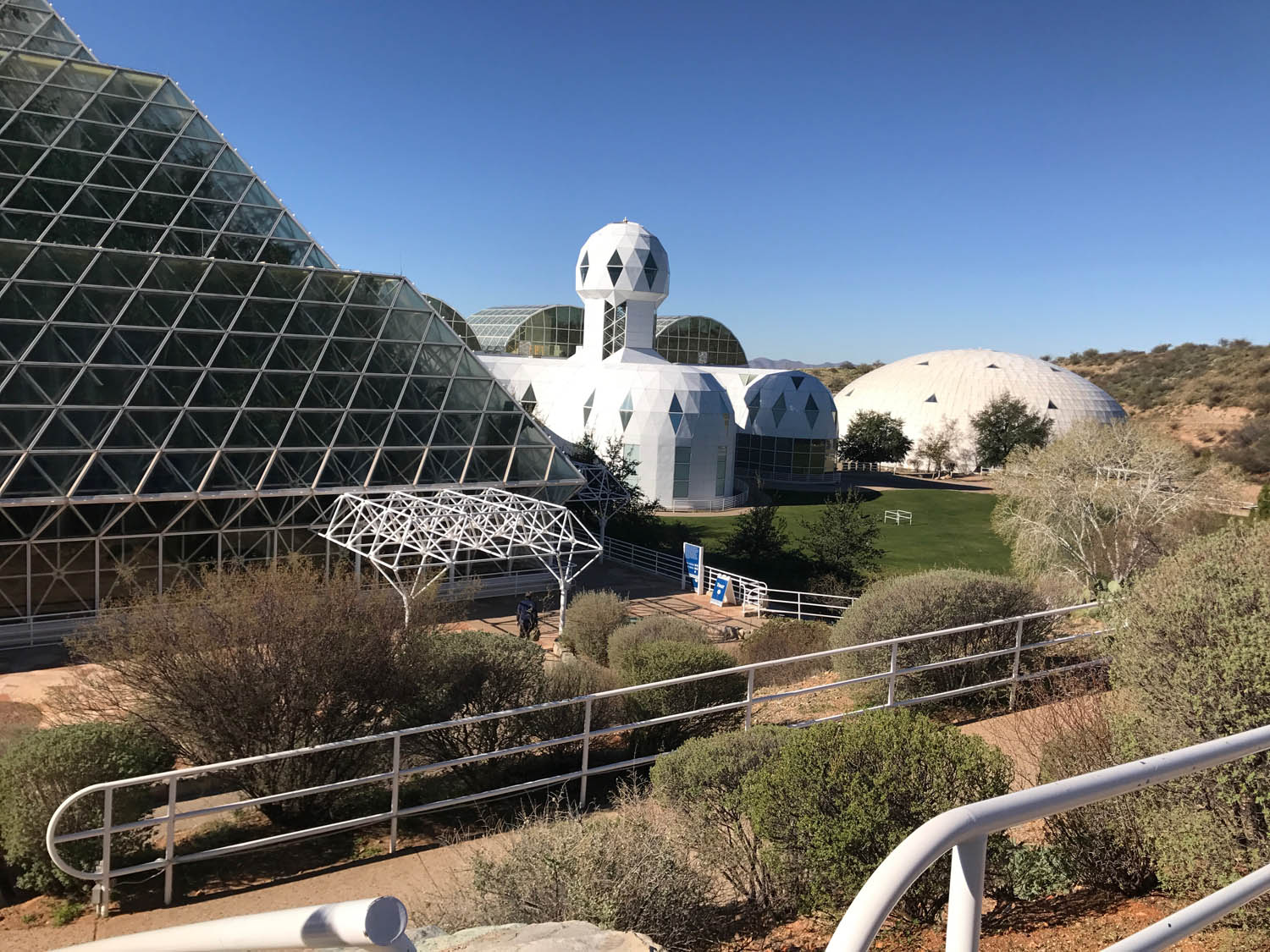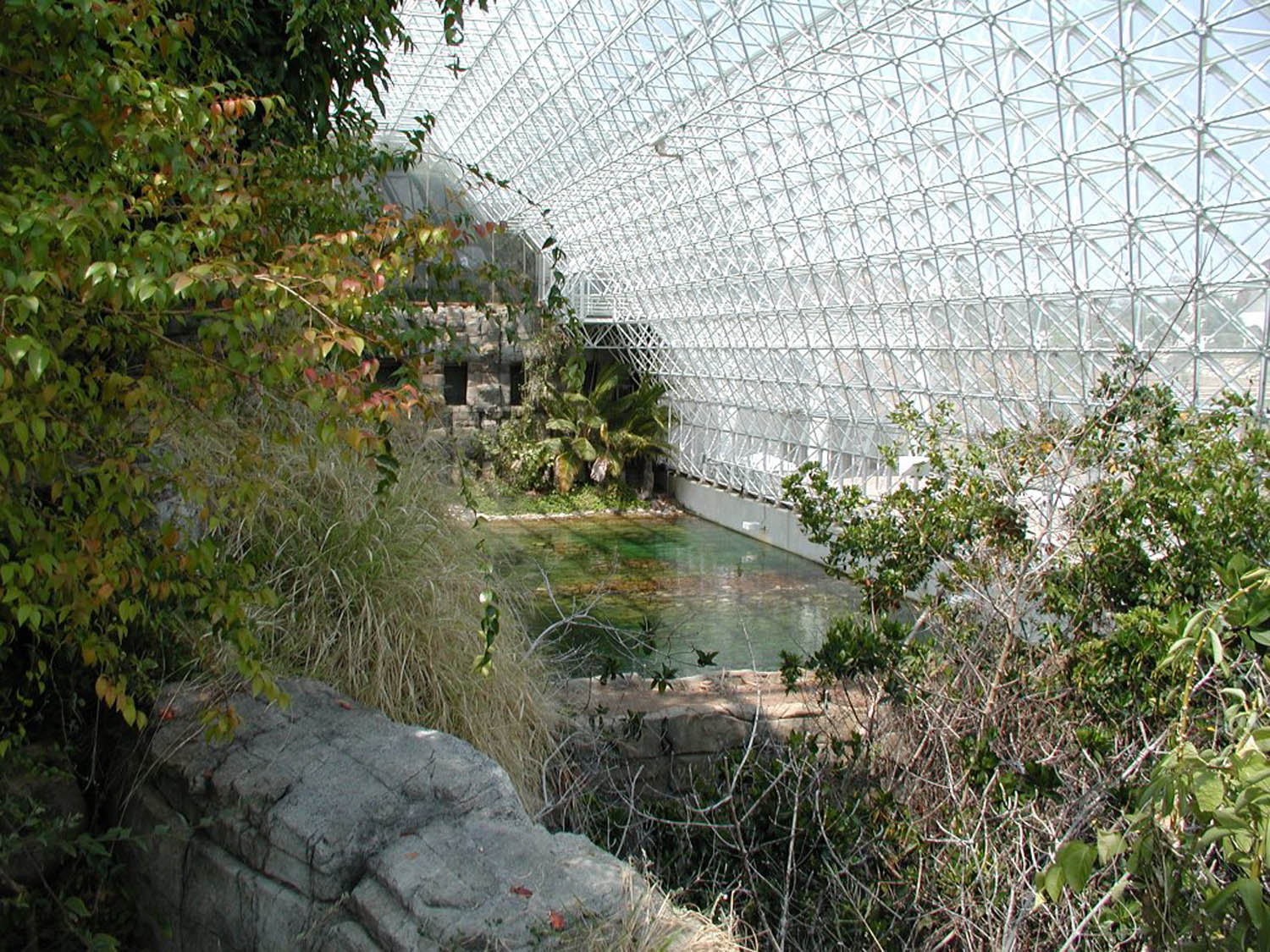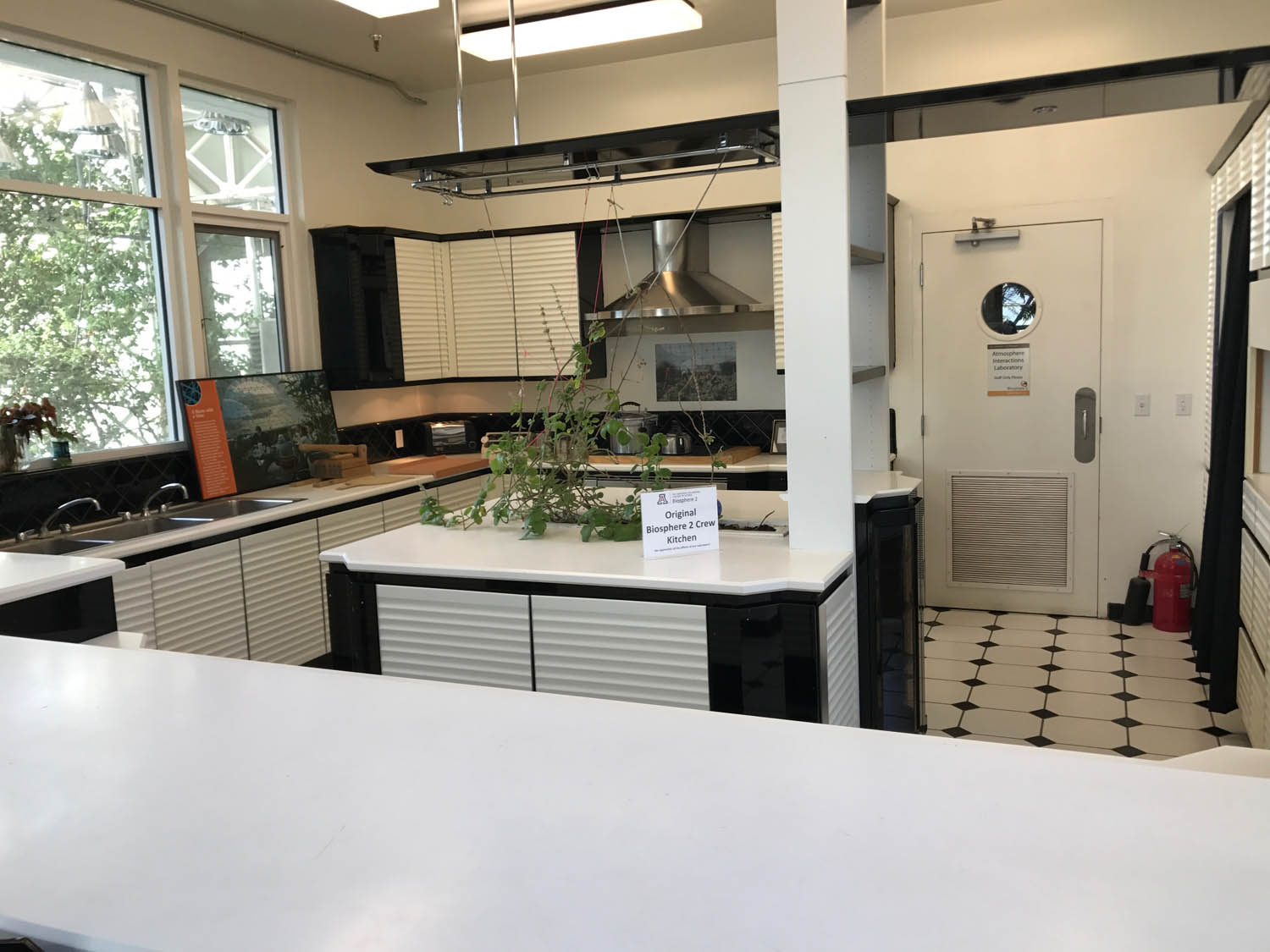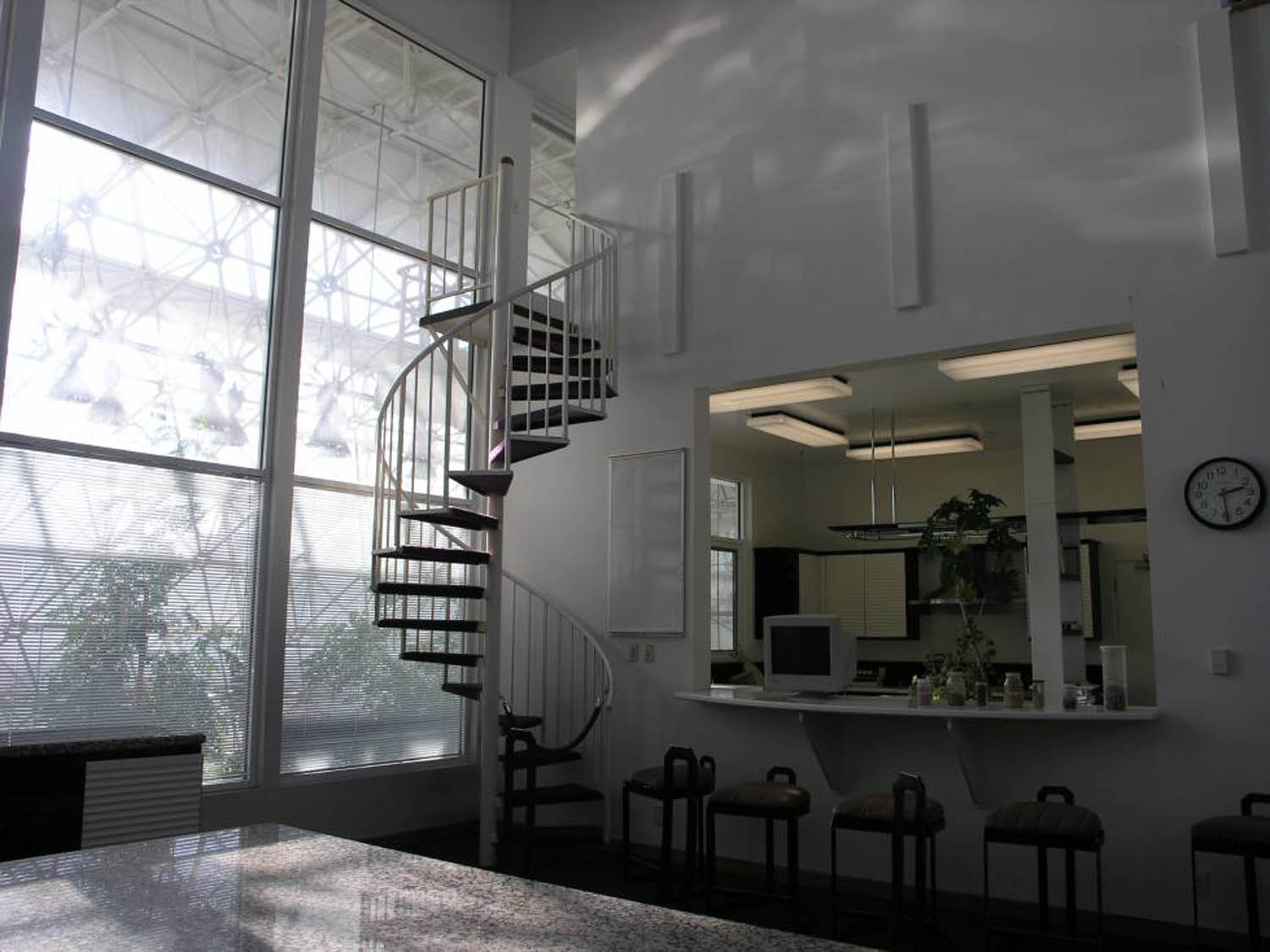Biospheres were a cultural phenomenon during the latter half of the last century. The concept was simple: A completely self-contained environment where a small group of people would work together to establish and cultivate resources, manage their local environment and make a completely self-sustainable ecosystem.

Biosphere made real
The idea, if executed successfully, could form the basis of colonising other planets or form the blueprint of isolated communities in case of ecological catastrophe. There were several books and television shows based on the concept. It was only a matter of time until someone tried to make it a reality.
In 1991, Biosphere 2 (the first Biosphere being Earth, naturally) was built by a private company called Space Biosphere Ventures and ready for inhabitants. This massive construction featured representations of every environment imaginable, including a forest, a desert, scrubland and an ocean.
There were spaces for the bio-residents to live and grow food, and the entire environment was built from durable steel and glass to ensure that no elements could get in or out. To prevent changes in temperature from breaking the glass, a set of external “lungs” were built over the compound to expand and contract as the air inside heated and cooled.
A stable of animals were brought in, including goats, pigs, chickens and fish. The underwater area was even decked out with a living coral bed. On paper, it was the perfect design.
Then, eight humans entered for two years and it all went pear shaped.

Enter the humans
As anyone who has watched any reality TV show will guess, factions quickly formed between the residents and they competed for supplies, status and control of the group. It wasn’t too long until outside elements were smuggled inside, ruining the scientific results of the experiment and further driving division between group members. The technology of the time made it hard to accurately track results or stabilize the environment correctly.
While the steel structure remained resolutely stable, the glass reportedly leaked up to 10% of the oxygen supply, which has a massive impact on the plant and animal life within the facility. After two years of petty in-fighting and compromised data the experiment ended and was judged a dubious success.

A silver lining
While there were personality problems, the scientific community learned a lot about how enclosed environments worked on land and underwater. Over four fifths of the team’s food supply was generated in the Biosphere, which fostered further breakthroughs for space exploration plans in the coming years. And, of course, the whole saga formed the basis of a Pauly Shore movie.
Today, the site is owned and operated by the University of Arizona, who have made it a scientific research station using many of the original environments. Who knows if one day it will be sealed up again for another attempt?

In the meantime, the team at ShapeCUT have been working closely together to deliver quality steel cutting solutions that will survive long into the future. Contact ShapeCUT today to talk about our range of services.
Images: Wikipedia
Contact Us To Find Out More
We ensure a fast, exact and economical steel solution for our clients. Call our team today to discuss your steel cutting and metal processing requirements.
Get Our Newsletter
Contact details
121 Mica Street, Carole Park,
QLD, 4300, AUSTRALIA
Freecall: 1800 SHAPECUT (1800 742 732)
Telephone: (07) 3271 5600
Facsimile: (07) 3271 5454
Email: sales@shapecut.com.au
Accredited Profile Cutting

Profile Cutting
©2025 ShapeCut | Website design Brisbane by iFactory | Privacy Policy | Search | Sitemap



